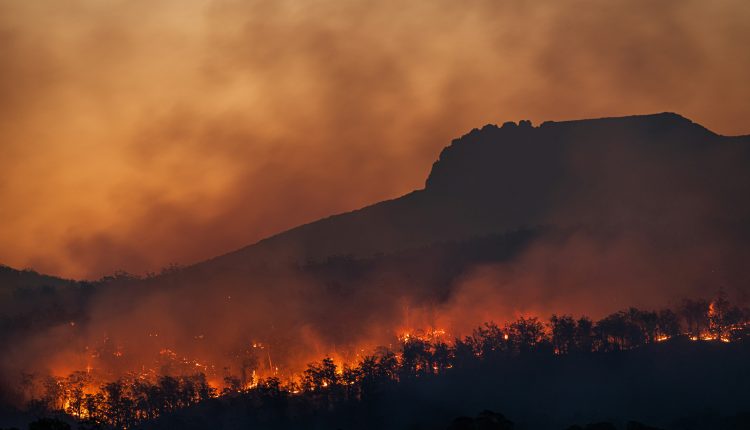Federal scientists declared on Thursday that the present El Niño climate phenomenon has achieved a level of strength deemed “historically strong.” Concurrently, they anticipate the emergence of its counterpart, La Niña, later this year.
Both of these climate cycles have a major impact on US and global weather patterns. One major impact of strong El Niños in the winter is the continued presence of storms across the southern US, from California to Florida.
The amalgamation of the potent El Niño, often dubbed a “super El Niño,” alongside climate change, contributed to elevating global temperatures in 2023, resulting in the warmest year on record since meticulous weather documentation commenced in the late 1800s.
While the transition to La Niña heralds a weakening of El Niño, its repercussions on US weather are anticipated to endure until April, as outlined by the Climate Prediction Center.
This forecast indicates continued storminess across the southern US and elevated temperatures across the northern tier of the country.
Furthermore, the advent of El Niño may elevate the probability of heightened tornado activity in central and southern Florida over the ensuing months.
According to NOAA, El Niño’s impact on the US is most discernible from late fall through spring. Preliminary global climate data for January has started to emerge, reaffirming a streak of record-warm months.
El Niño and La Niña Impact on Global Climate

The Copernicus Climate Change Service reported that January 2024 stands as the warmest January on record globally. NASA’s data corroborated this, indicating record warmth across the globe.
Looking ahead, the onset of La Niña could potentially spur increased hurricane activity in the Atlantic Ocean, as highlighted by meteorologist Phil Klotzbach of Colorado State University.
However, Klotzbach cautioned against premature conclusions, noting, “It should be noted that it’s only February, and a lot can change between now and when the Atlantic hurricane season really ramps up (typically in early to mid-August).”
El Niño, a natural climate cycle characterized by warmer-than-average sea surface temperatures in the central and eastern tropical Pacific Ocean, recurs approximately every 2-7 years.
The term, which means “the Little Boy” or “Christ Child” in Spanish, originated from observations by South American fishermen in the 1600s, who noticed unusually warm waters in the Pacific Ocean around Christmas.
The complete climatic cycle, officially referred to as El Niño – Southern Oscillation (ENSO), oscillates between warmer and cooler seawater along the equatorial region in the tropical Pacific.
La Niña denotes a phase characterized by cooler-than-average ocean temperatures in the same area.
